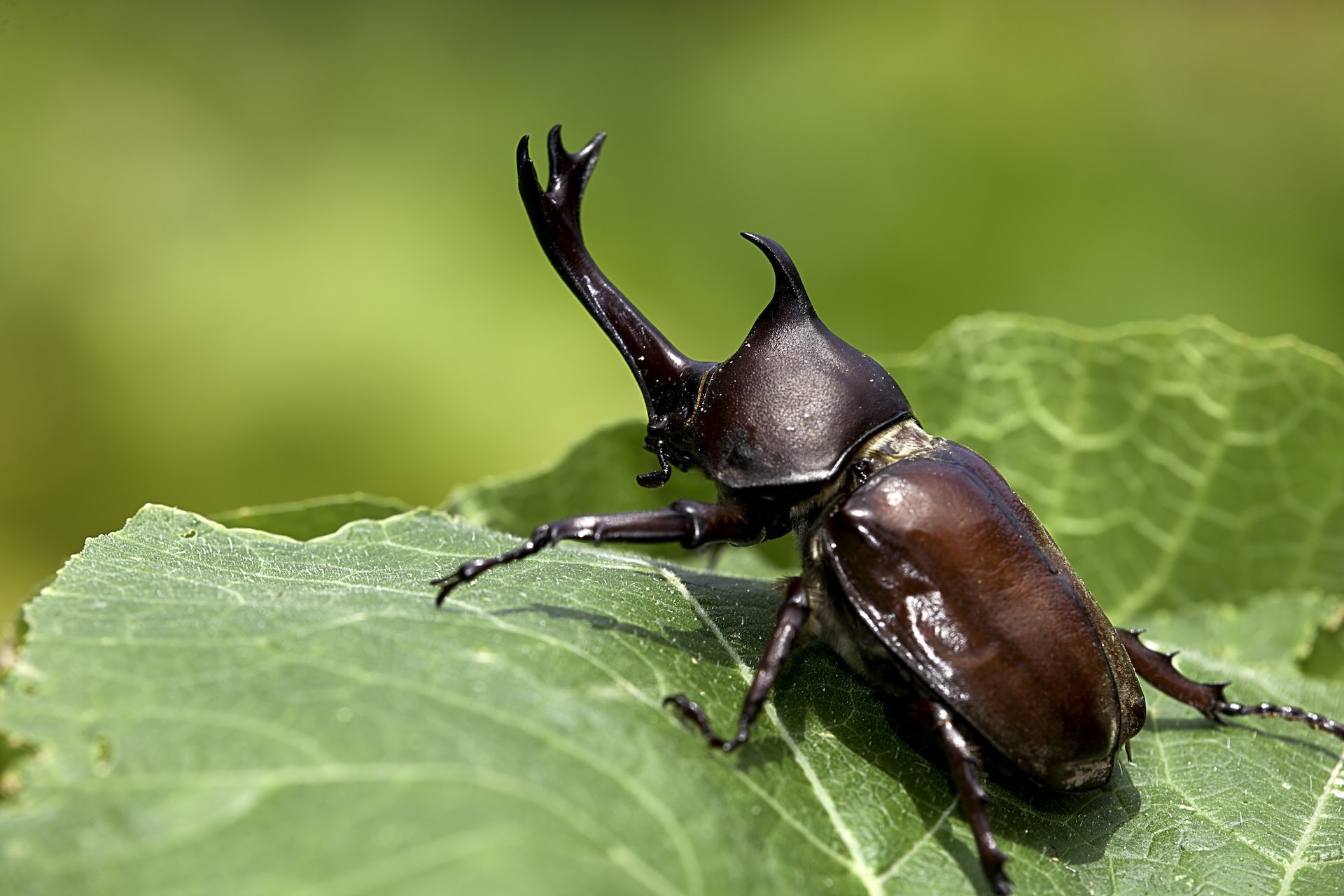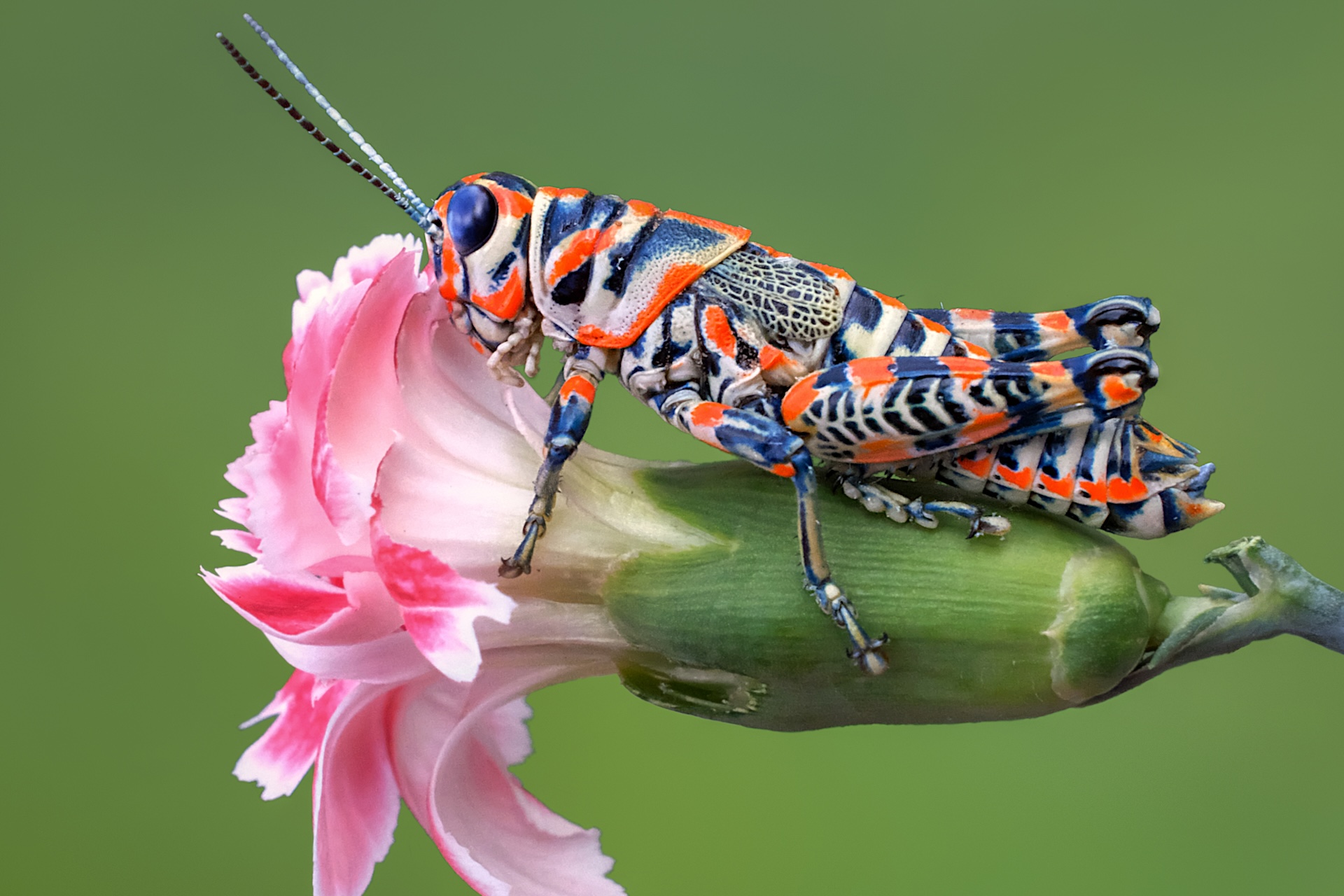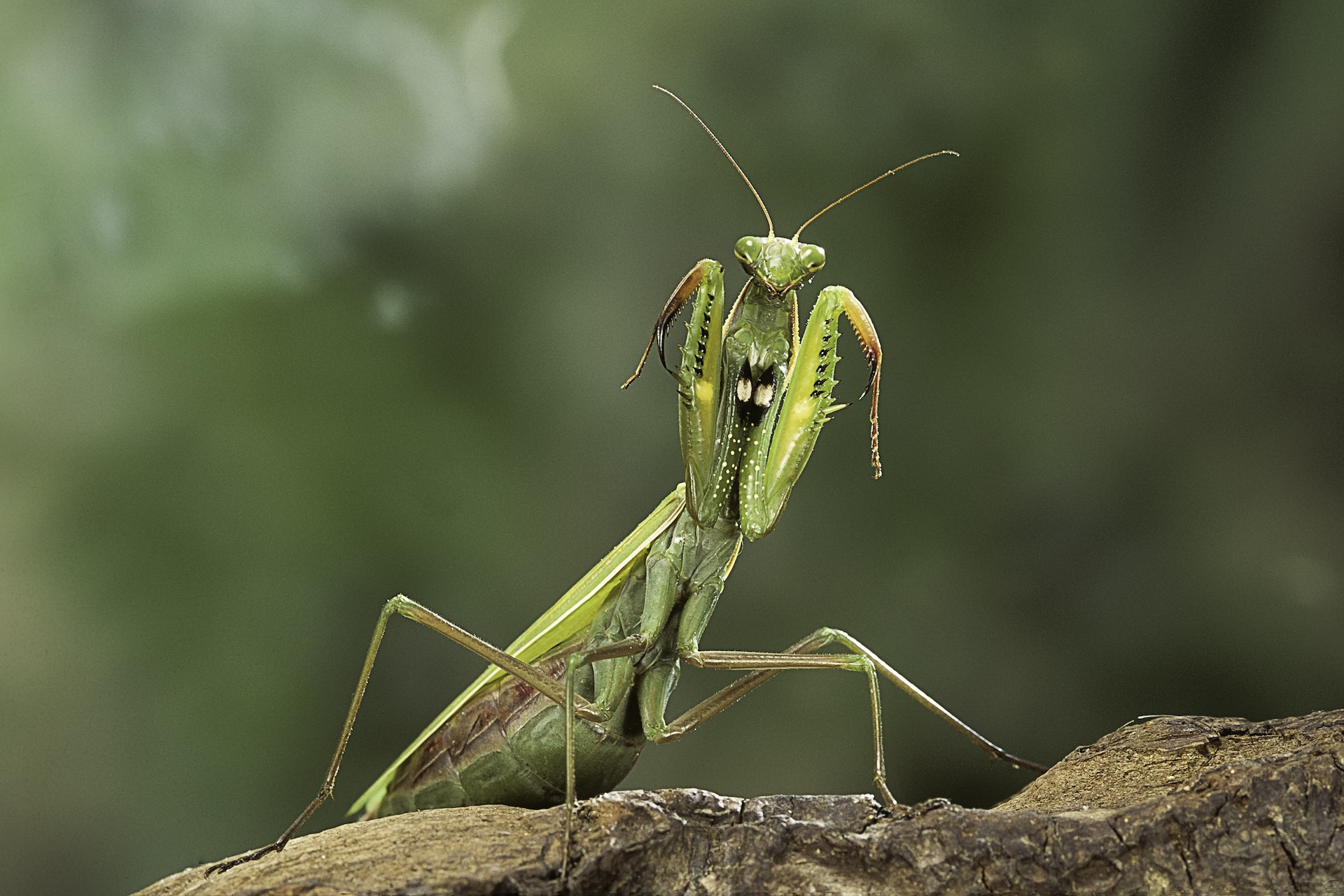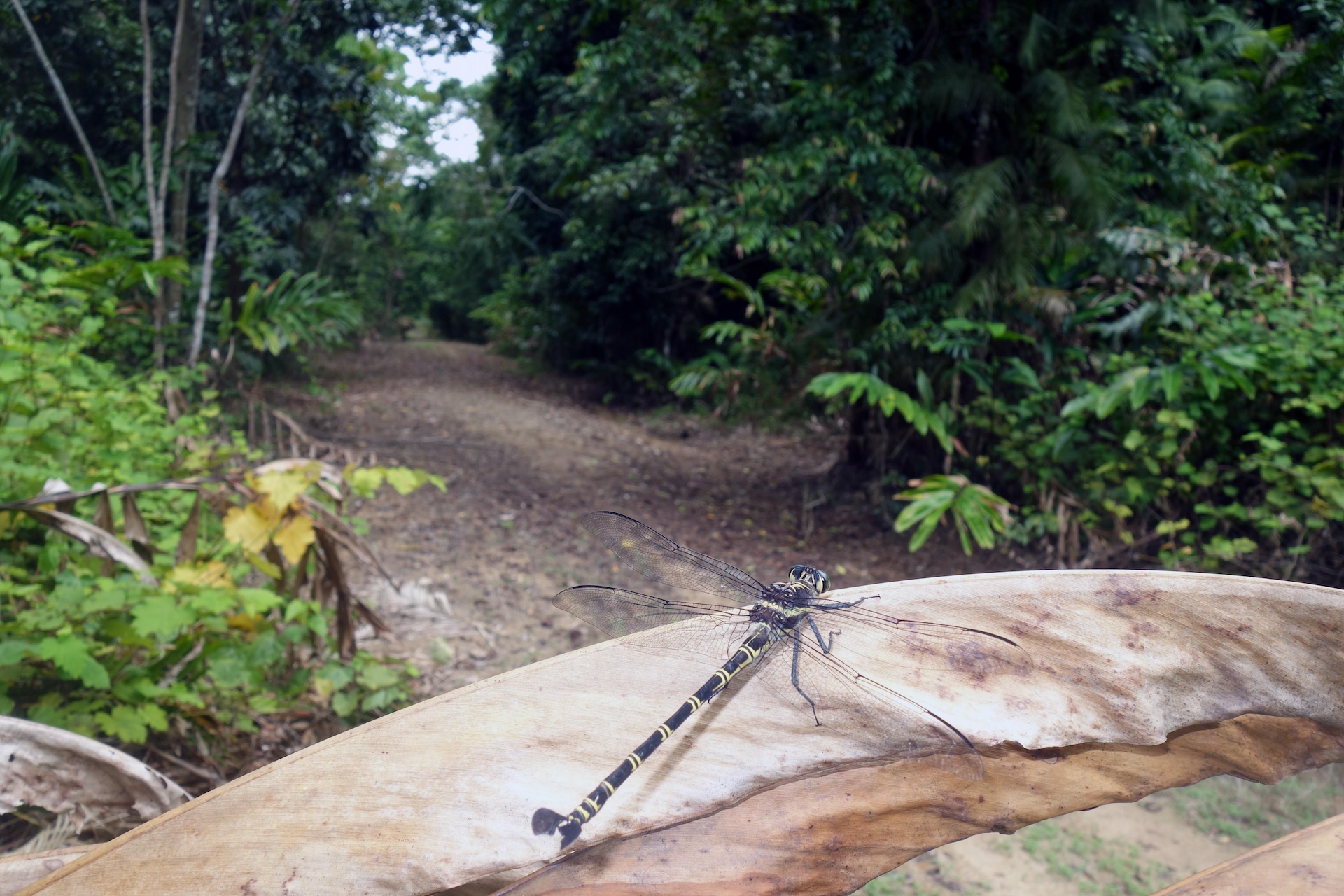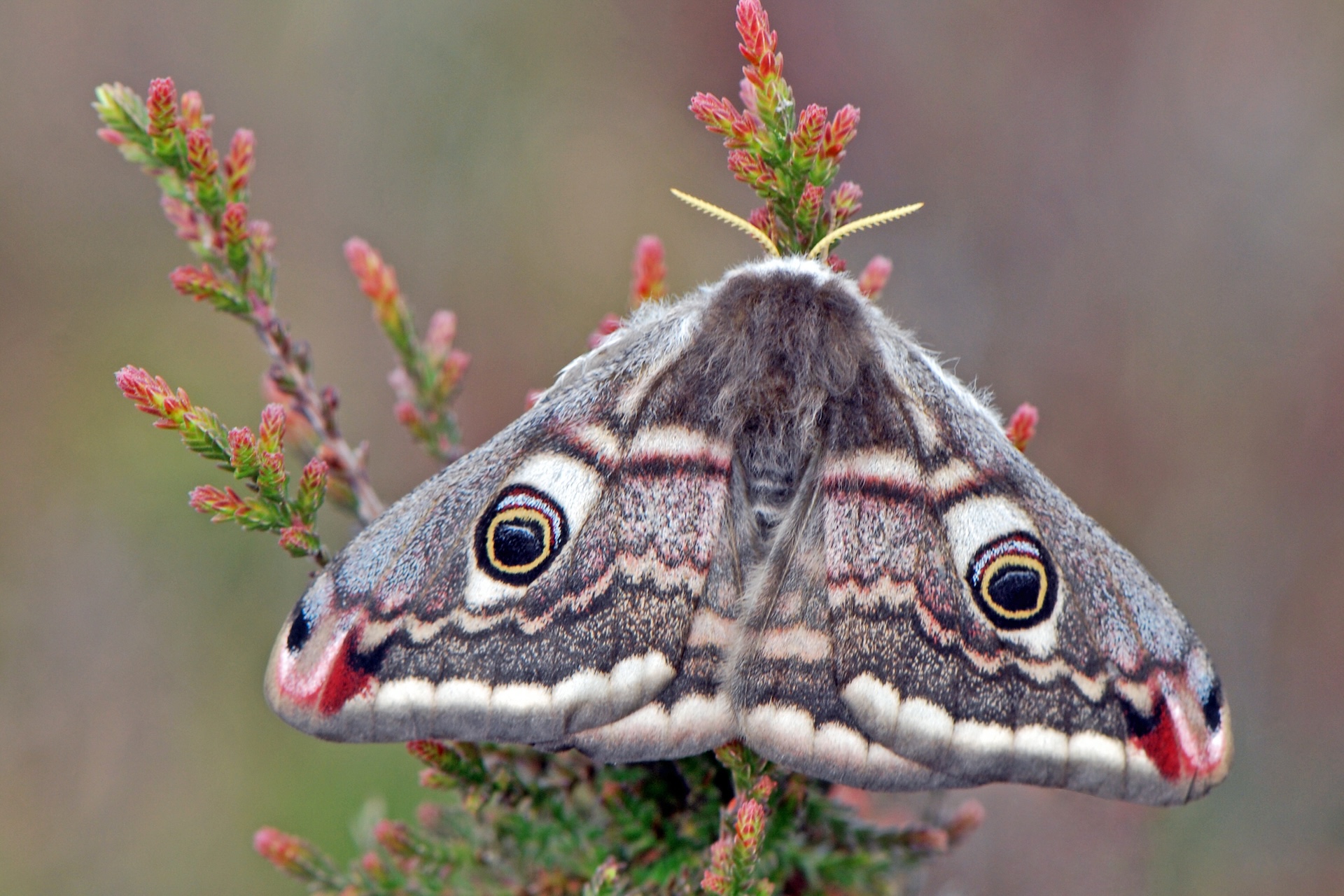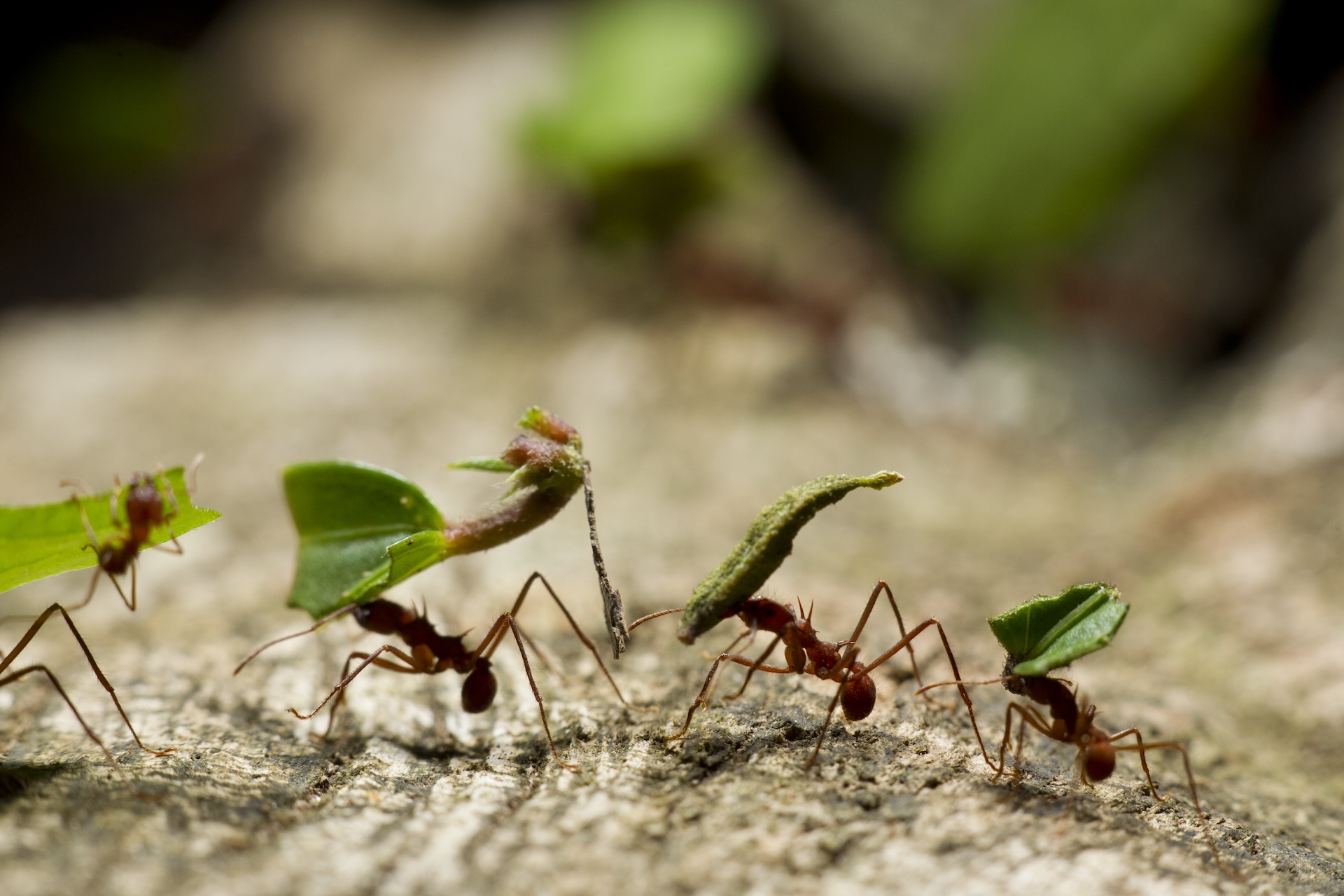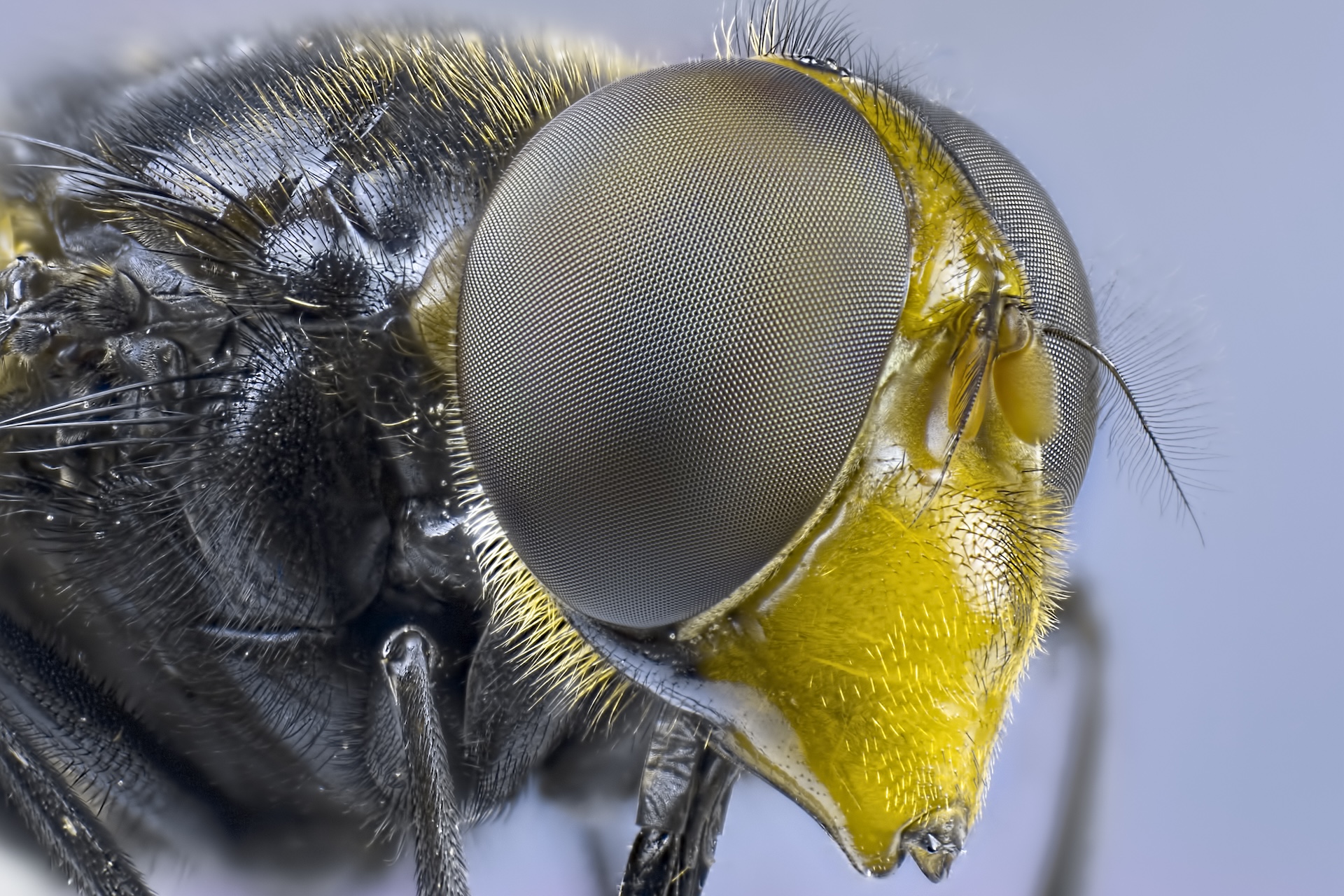Quick facts about insects
What they eat: Plants, fruits, nectar, sap and other insects
How they reproduce: Sexually, with females laying eggs
When they evolved: At the same time as land plants, around 480 million years ago
More than half of all known animal species on Earth are insects — critters with a hard external skeleton, three pairs of jointed legs, antennae and a body divided into three segments (the head, thorax and abdomen). There are about 1.4 billion insects for every human on the planet, and their combined weight is 70 times that of all people. Insects are found on every continent and in almost every habitat type, including hot deserts, salty coastal waters and frigid mountain streams. While 97% of insects live on land, some thrive in fresh water and seawater.
5 fast facts about insects
- More than 1 million insect species have been described so far, but scientists estimate there could be up to 30 million we haven’t discovered yet.
- Insects are the only invertebrates (creatures without a backbone) to have wings. Most insects have two pairs of wings, but some — including fleas, ants and lice — have no wings.
- Parasites can transform insects into real-life zombies. Infected insects do what the parasite wants, which can be to go up to a predator to be eaten or jump into a pool of water where the insect will drown.
- Many insects are cannibals. For example, female praying mantises may attack and eat males during or after they mate.
- Bees and moths pollinate plants, which helps give us food. But harmful pesticides are leading to large declines in these insects’ numbers.
Everything you need to know about insects
How many legs do insects have?
Insects have six legs. These legs are attached to the central part of an insect’s body, the thorax, and they are controlled by muscles in the thorax.
Many insects have legs that are good for performing specific functions, such as jumping, swimming, digging or holding prey. Tiger beetles, for instance, have skinny, quick-moving legs that are good for running. Grasshoppers have giant back legs that help the insects launch up and jump long distances. And praying mantises have special grasping legs that help the insects hold prey or mates.
Do insects have hearts?
Insects have hearts, but they look very different from human hearts. Insects have what scientists call an open circulatory system, in which their “blood” — actually a substance called hemolymph — doesn’t travel through closed veins or arteries. Instead, it flows into different body parts, bathing the organs inside.
Insects have a major vessel, which mostly looks like a giant tube, that runs from their head to their tail along their back. The “heart” is the section of this vessel that runs through the abdomen (the rear section of the insect’s body). There, the vessel is divided into chambers with valves and muscles that ensure hemolymph flows in just one direction, toward the thorax and head. Past the abdomen, the vessel becomes a smooth tube that empties near the brain. Hemolymph gushes onto the organs and muscles in the insect’s head, bringing nutrients, salts and other chemicals. The fluid then makes its way through the body, collecting waste and eventually returning to the opening of the heart at the back of the abdomen.
Hemolymph plays several important roles. The fluid kills parasites, seals off wounds, and produces stinky and gross-tasting compounds to scare away predators. In some insects, hemolymph helps keep the body at a stable temperature by moving heat around. But unlike our blood, hemolymph’s main purpose isn’t to move oxygen around the body. Insects don’t breathe through lungs. Instead, they use spiracles, or holes, so they don’t need a special fluid to carry oxygen from one organ to another.
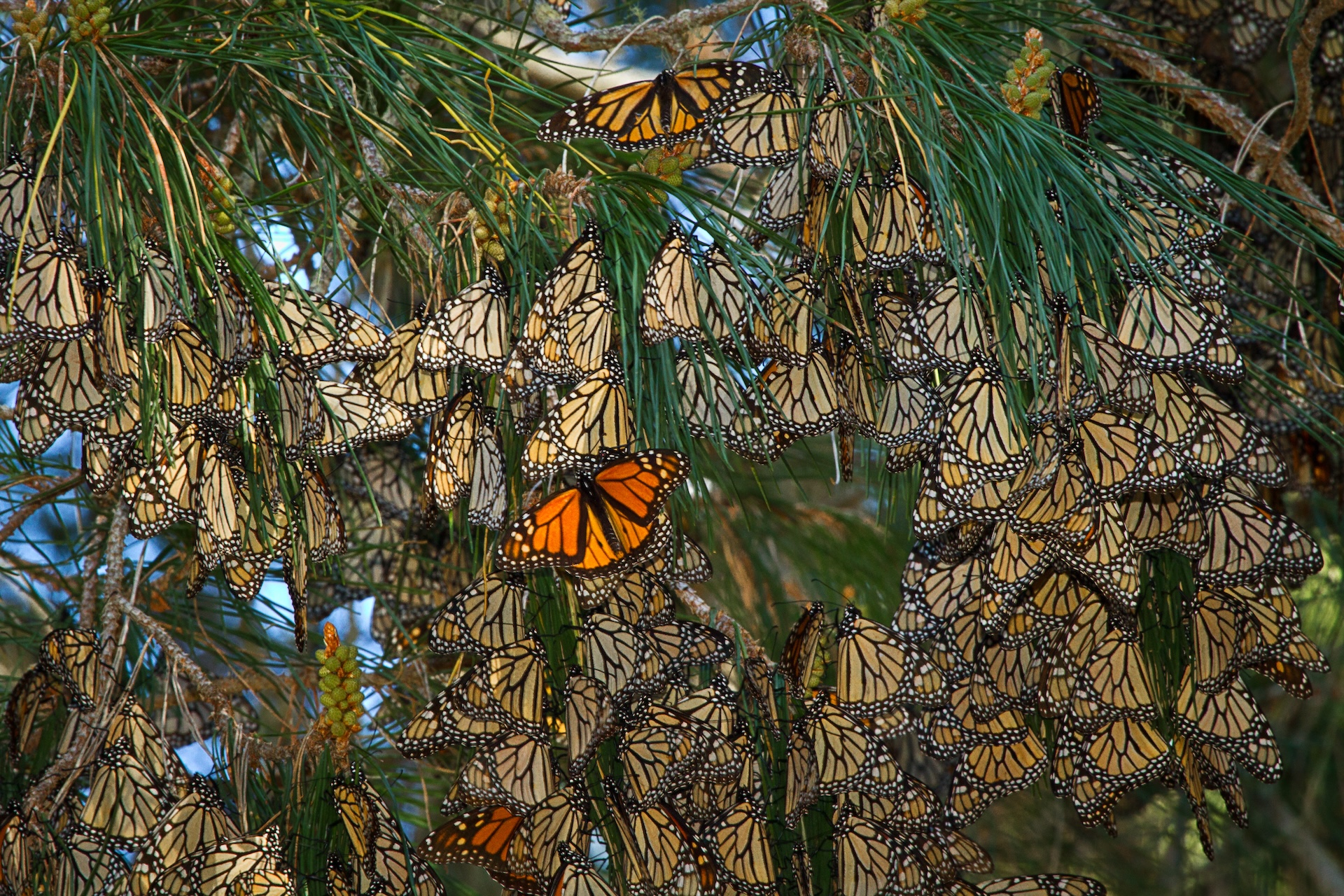
Do insects sleep?
Like other animals, insects sleep. Insects don’t have eyelids, so they can’t physically close their eyes for a snooze. But they do enter a state of rest and behave in ways that scientists call sleep. Like us, insects stay relatively still and lower their body temperature when asleep. Many insects are difficult to wake, and there is evidence that some have preferred sleeping positions.
Like most animals, insects need sleep to help their brains work better. Experiments show that some sleep-deprived insects have trouble remembering where things are located and communicating with each other. This can make it hard for them to find food and survive.
For example, honeybees remember how to get around better after a good night’s sleep. Researchers released honeybees in different locations and tracked their flights back home. Most bees slept longer than usual after this trip, but those that slept less struggled to remember their way home the next day.
Bees also do a special “waggle dance” to point other bees in the right direction to find food. But when they don’t get enough sleep, their waggle dances get sloppy and their nestmates have trouble finding food. Honeybees like to sleep in the dark, suggesting that just as in humans, their sleep follows a circadian rhythm — that is, an internal clock of day and night cycles. Honeybees make up for a bad night’s sleep by sleeping more deeply the next night. This suggests sleep is really important for these insects.
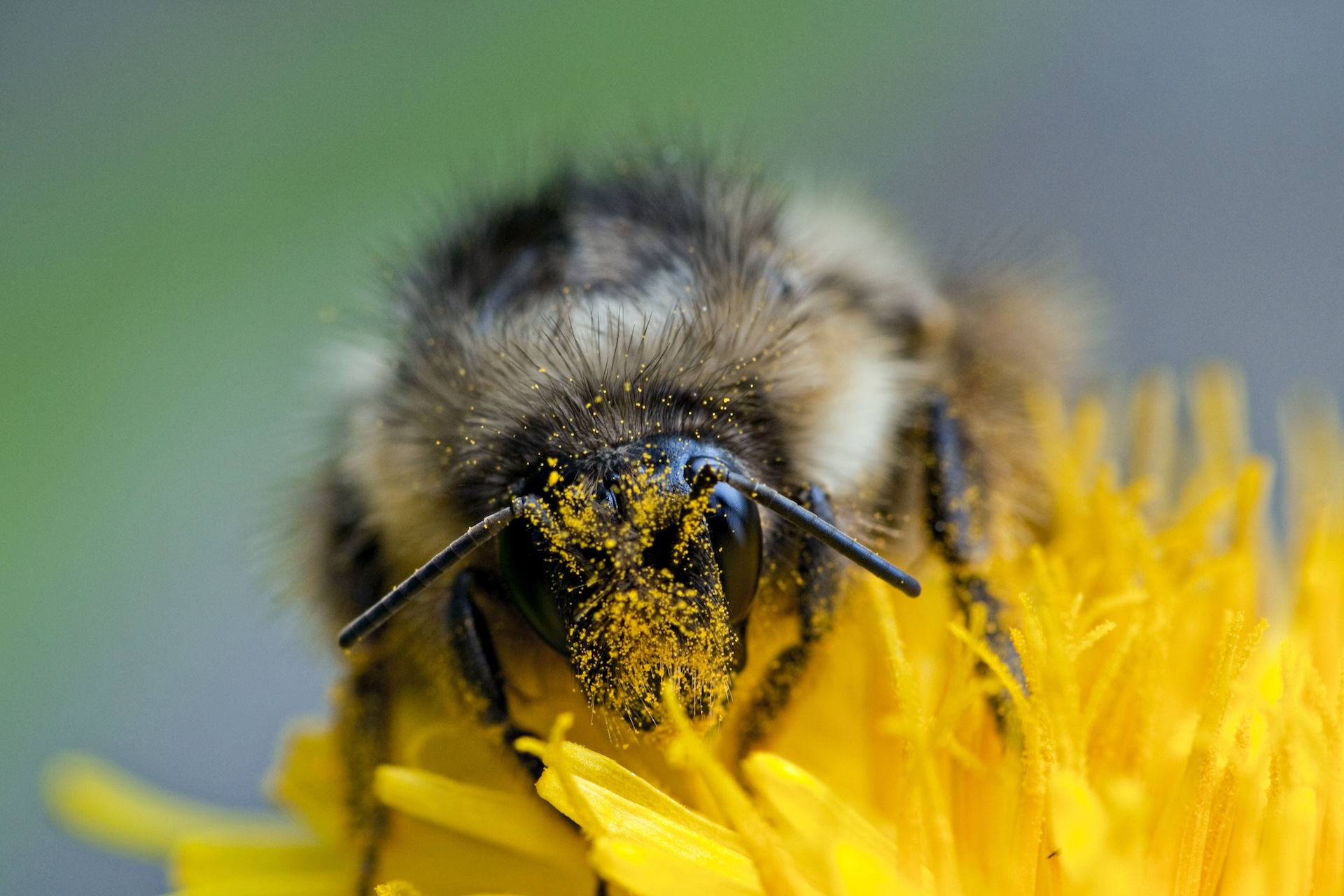
Can insects feel pain?
Scientists think that at least some insects feel pain. In a 2022 study, for example, researchers showed that bees preferred to visit feeders filled with sugar water that were room temperature rather than feeders that were very hot. This hinted that bees avoid heat, but it didn’t prove they were consciously trying to avoid being burned. To find out, the scientists made the water in the room-temperature feeders less sweet. The bees then preferred the hot feeders. That suggests the bees could choose to overcome their dislike of the uncomfortably hot surface if the reward — the sugary treat — was big enough.
Scientists see this as a sign that the insects may be sentient, or able to think and feel. One country has even passed a law defining sentience in animals. That law lists eight signs that an animal can feel. One is that painkillers change how they respond to things that might cause pain in us, such as being poked or burned.
It turns out, insects also present some telltale signs of pain. Scientists looked at 300 experiments and found that flies, mosquitoes and cockroaches met six criteria of pain. Bees, wasps and ants fulfilled four of those requirements, and butterflies, moths, grasshoppers and crickets met three.
Given how many insects there are, scientists haven’t tested whether most feel pain, but it’s clear that insects’ brains and behavior are more complex than we once thought.

